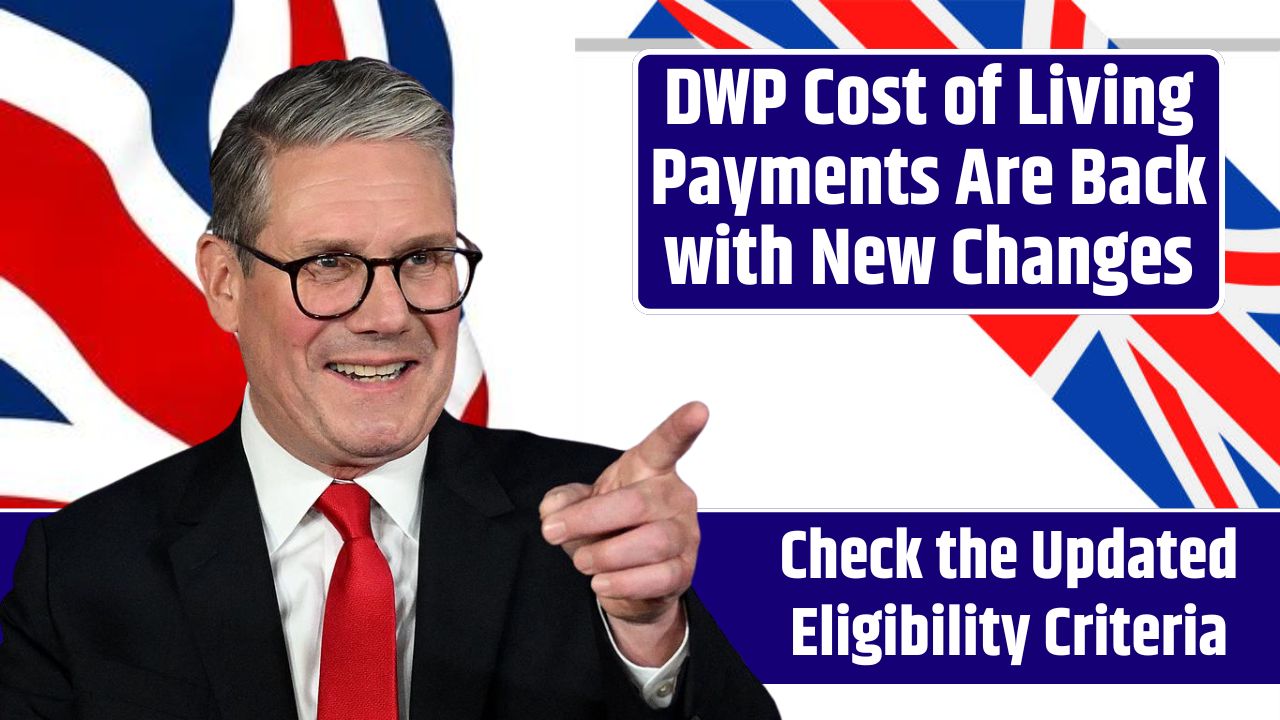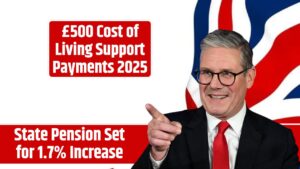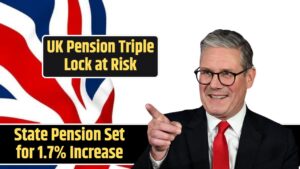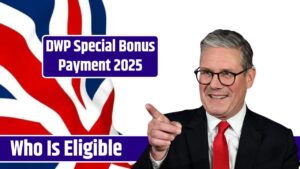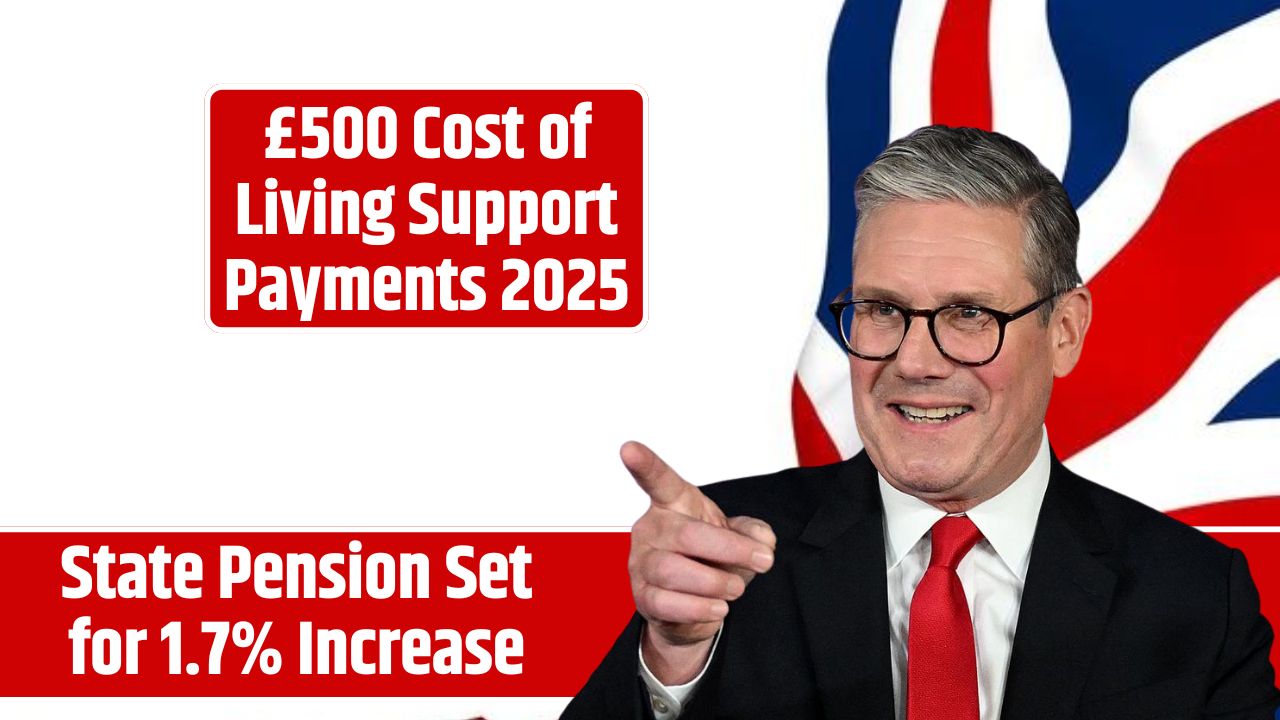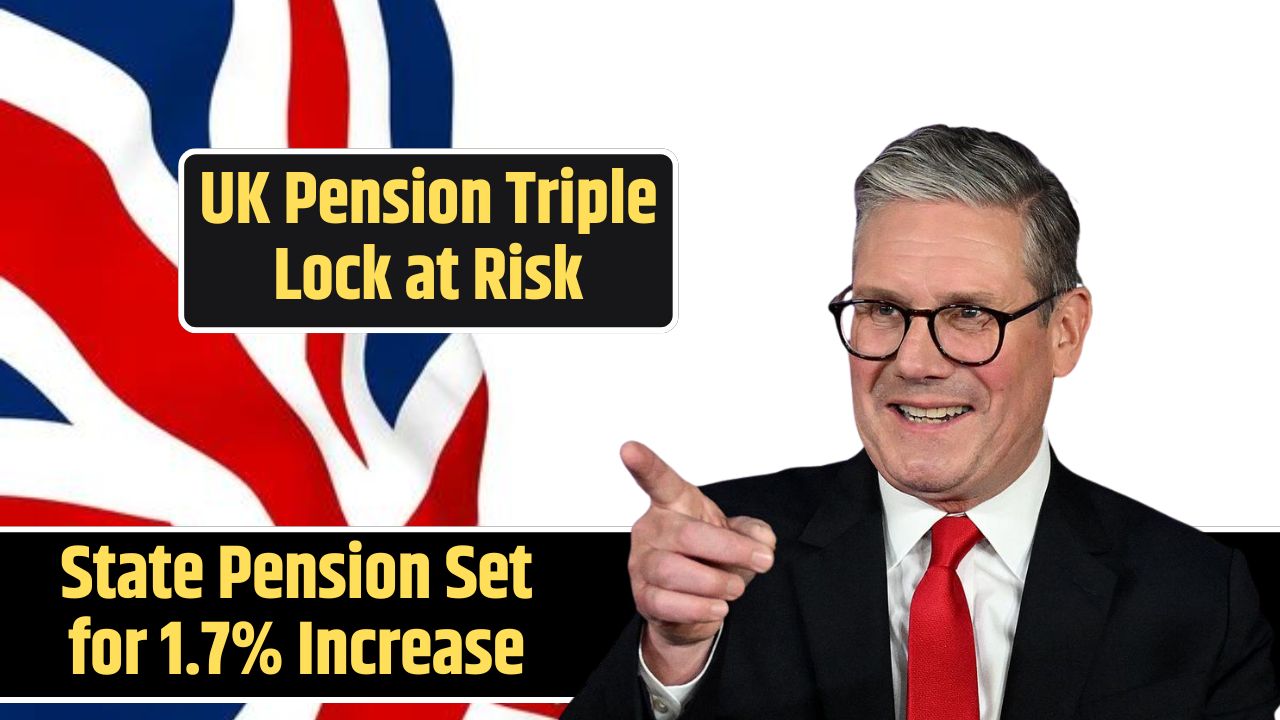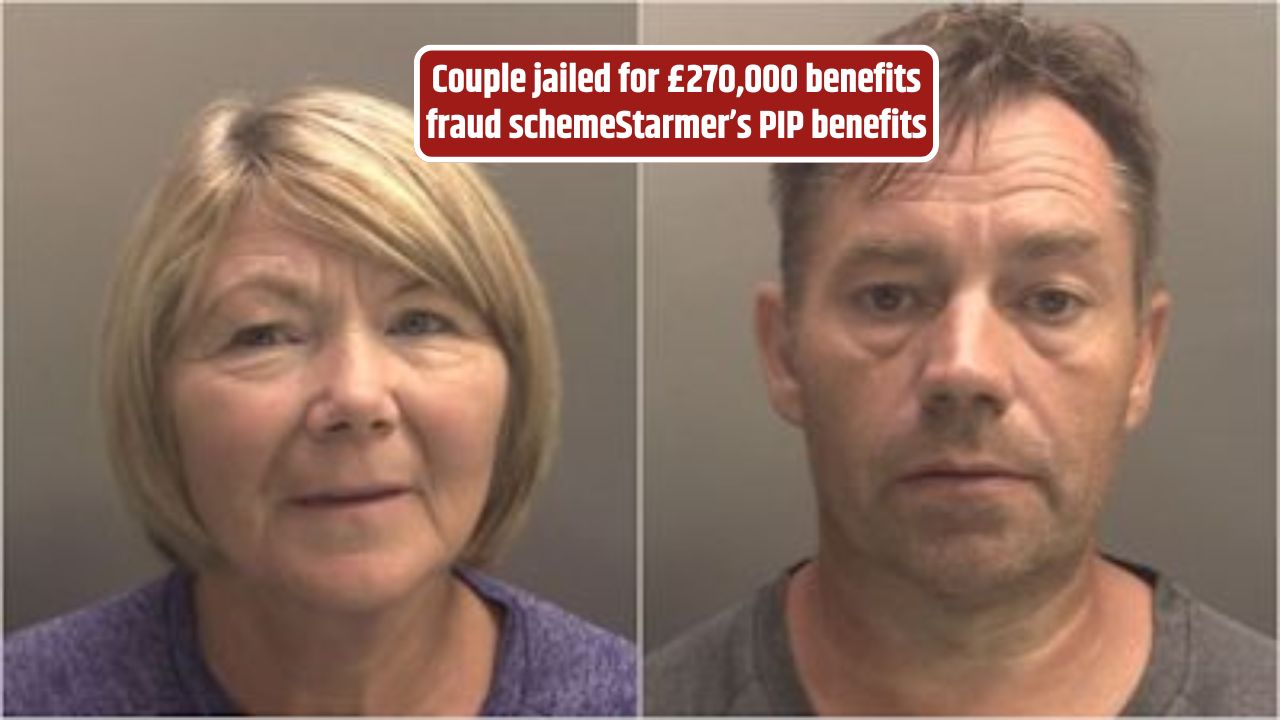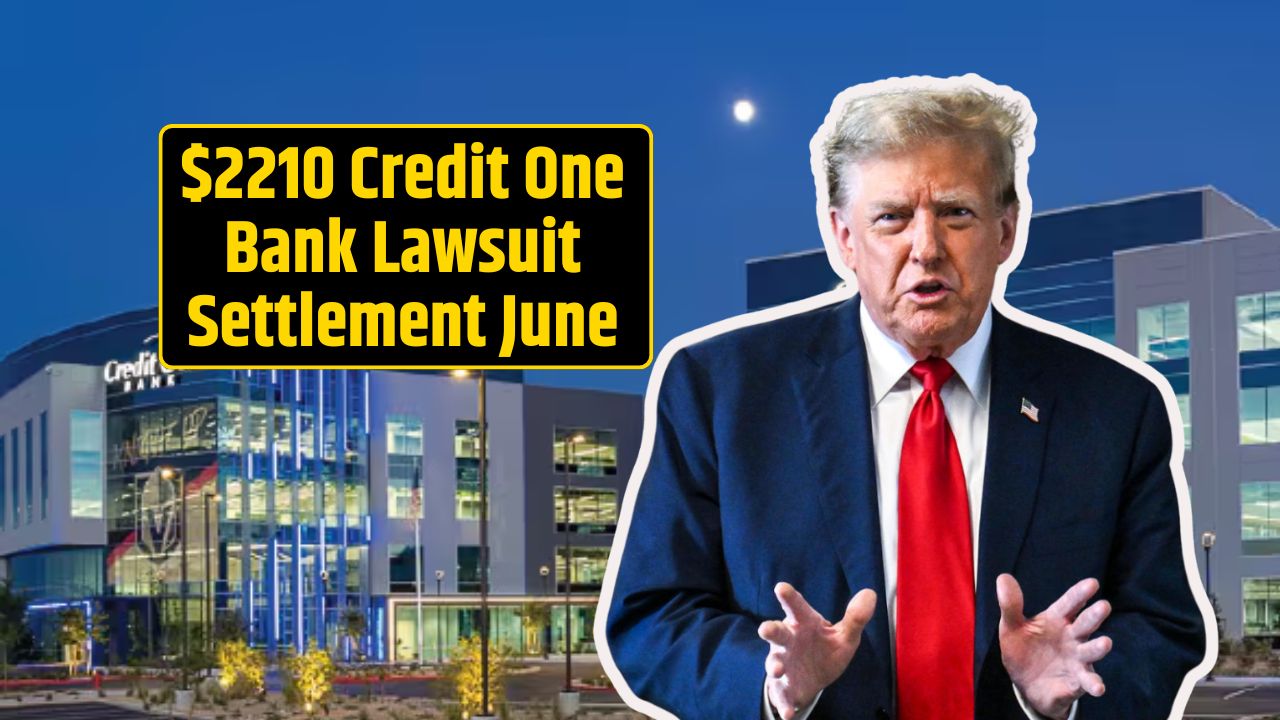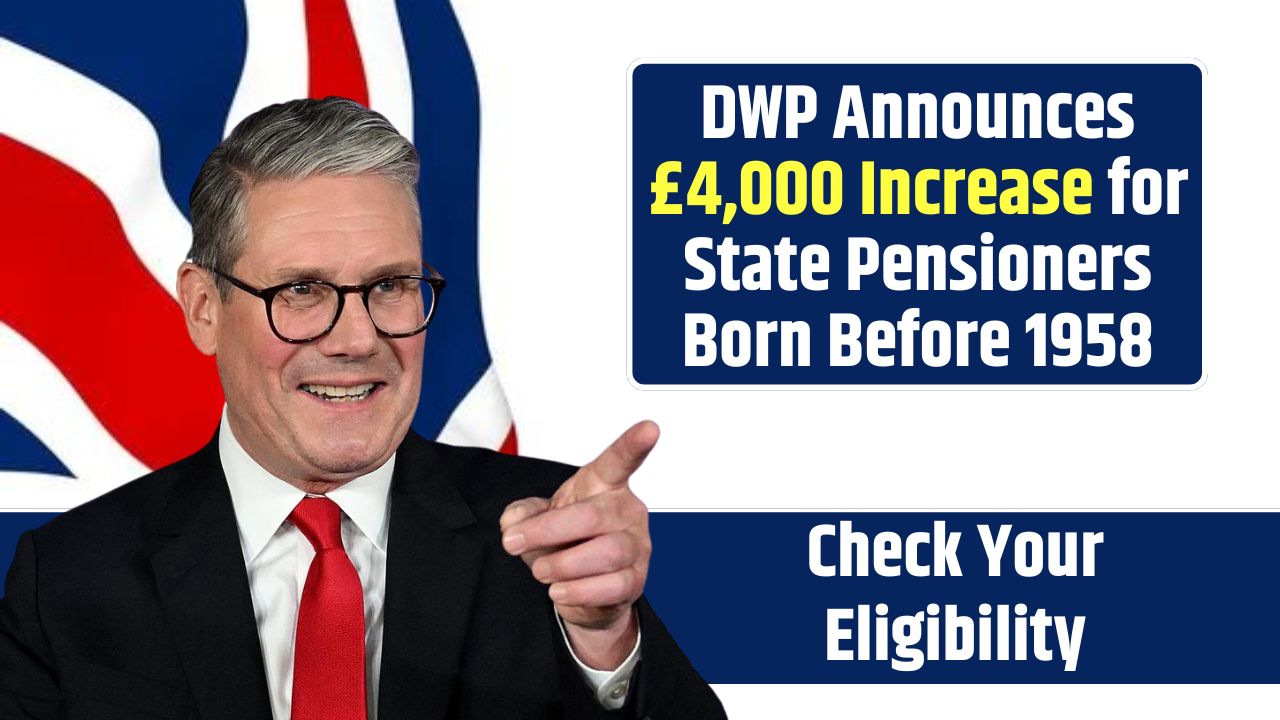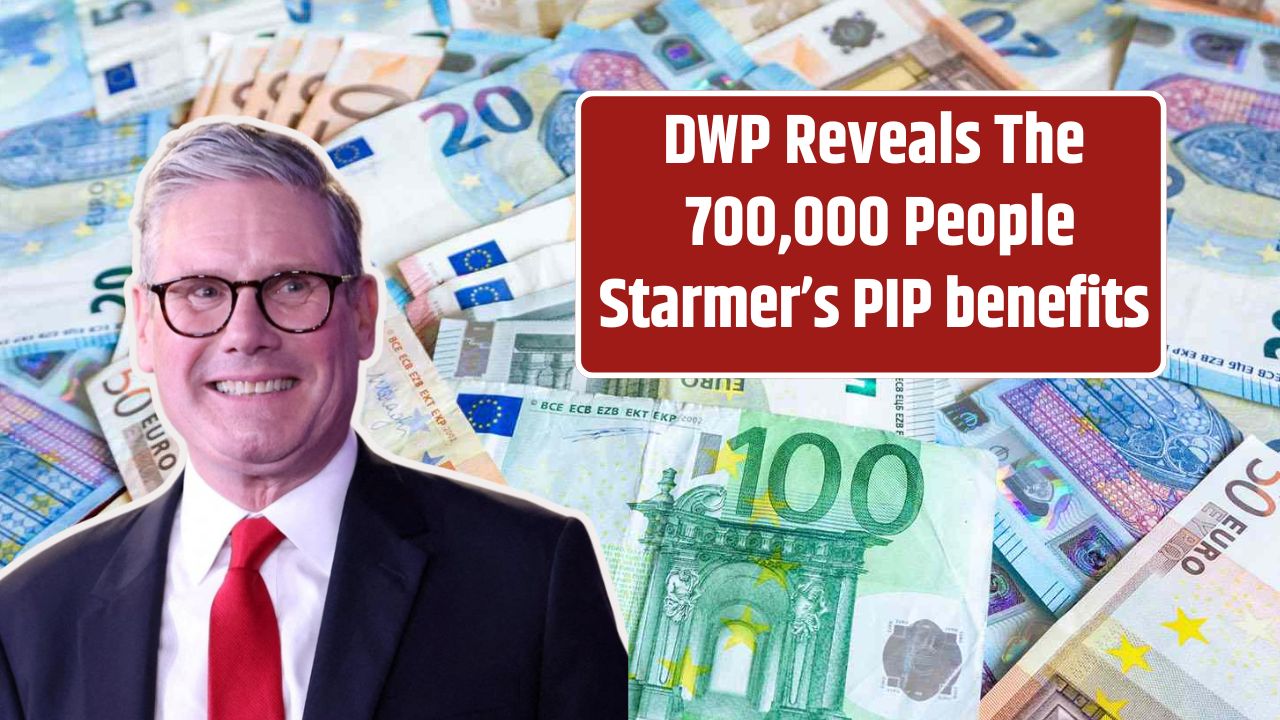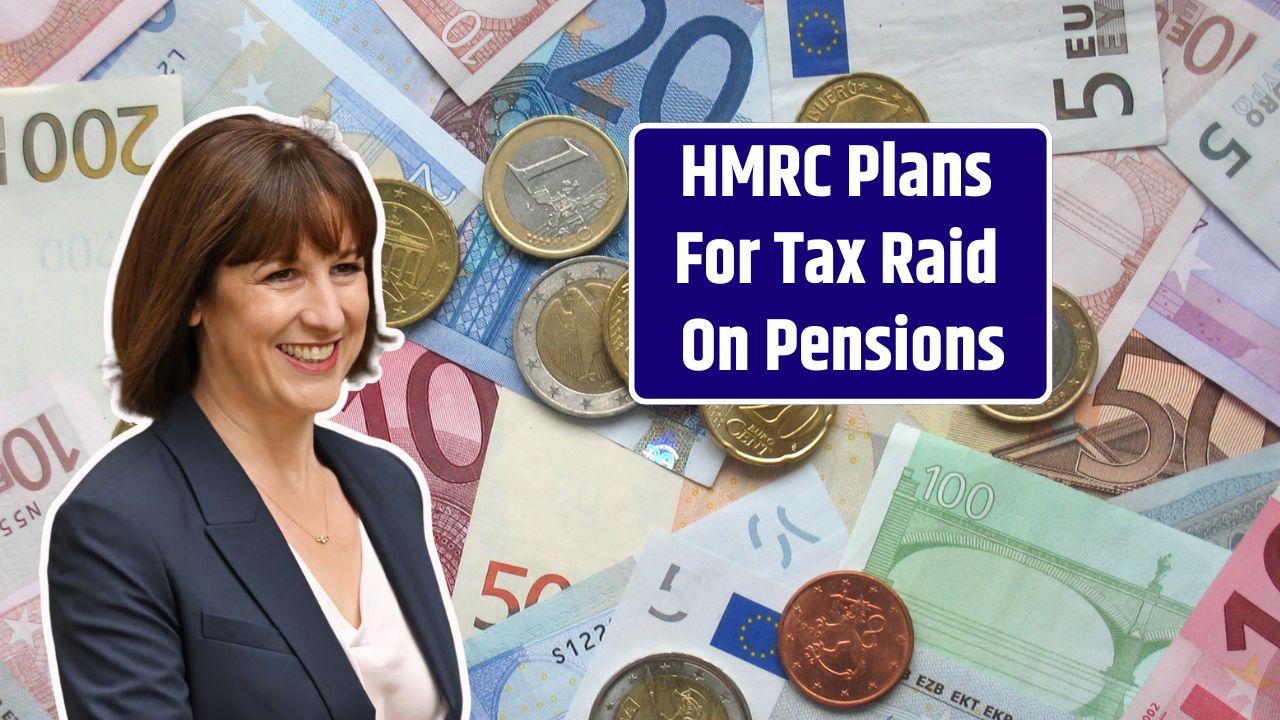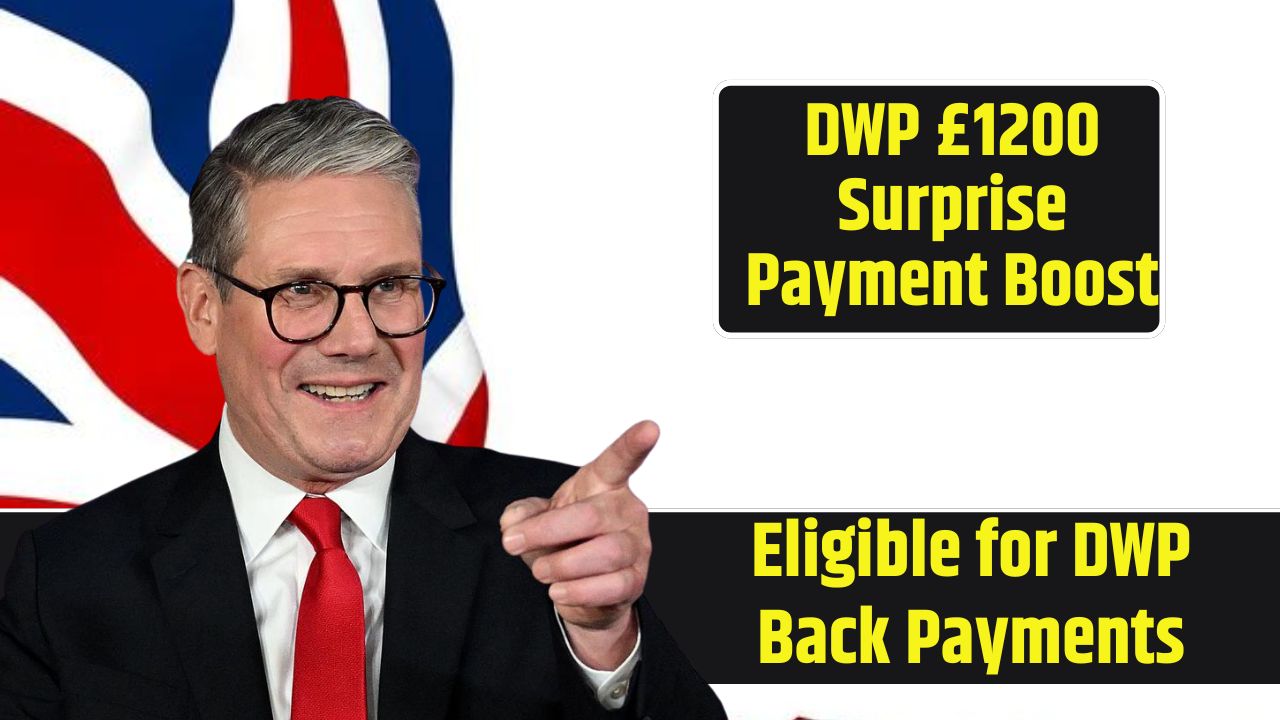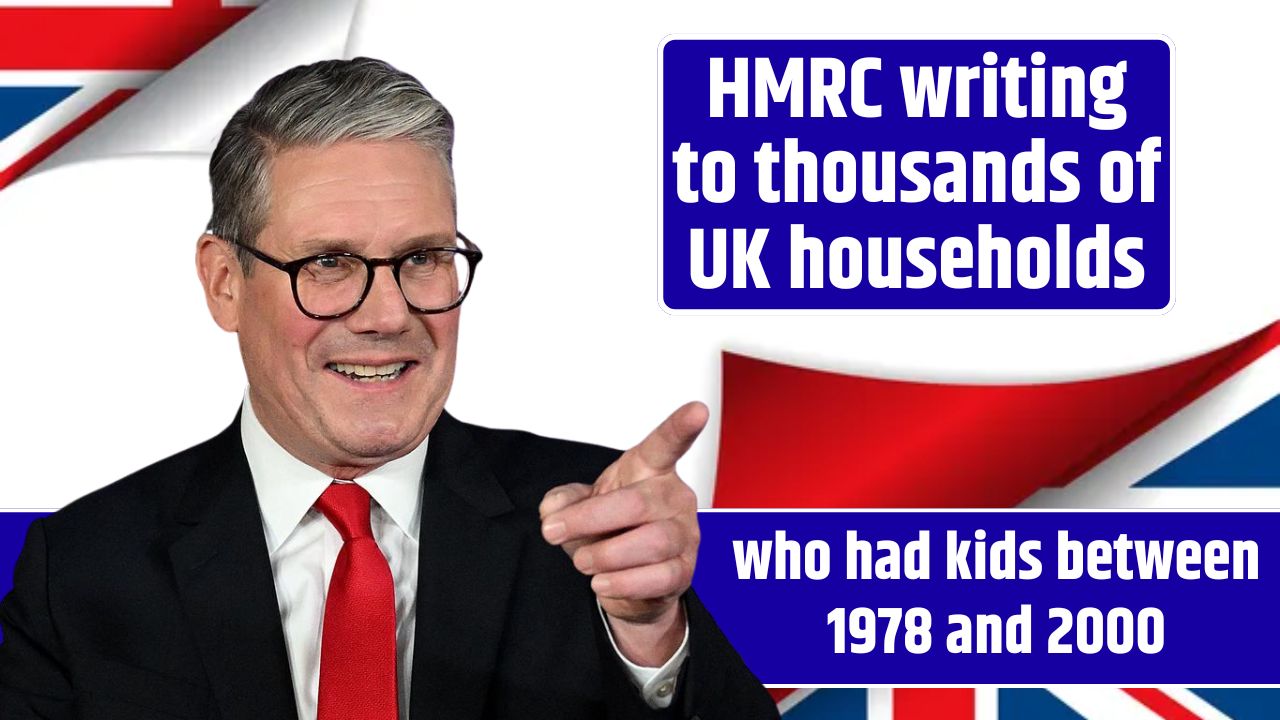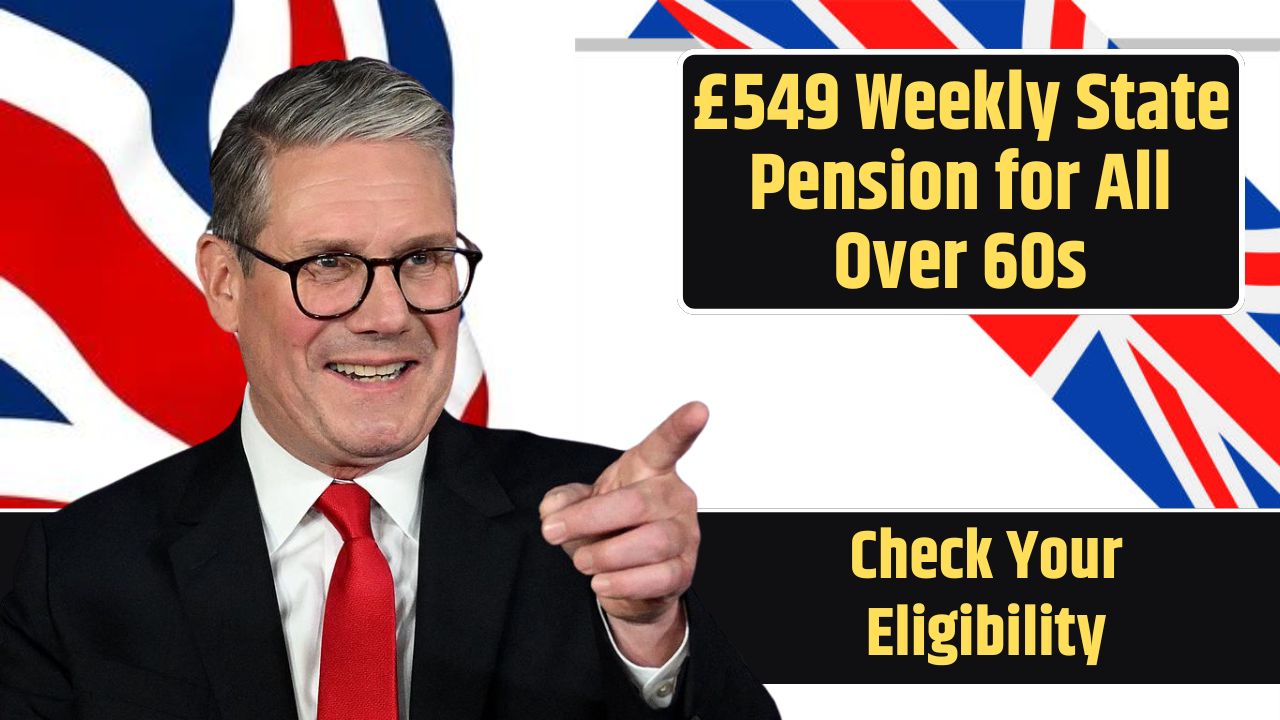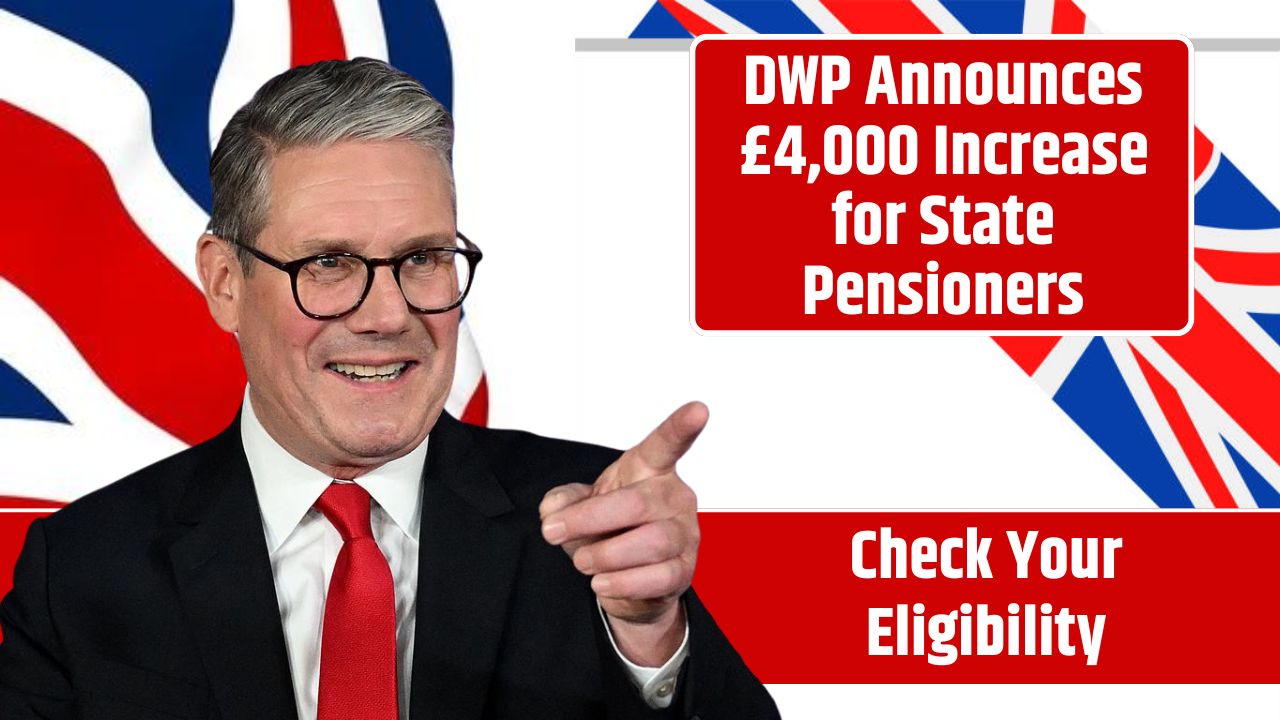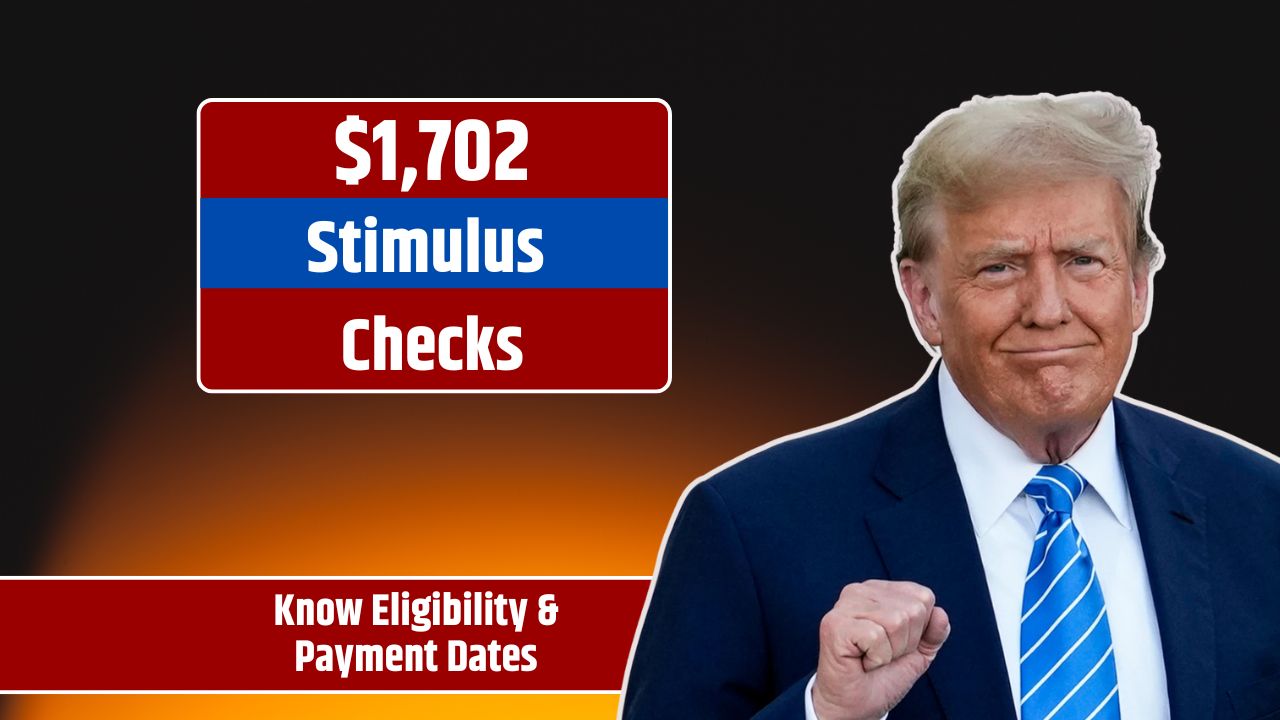Millions of UK households will receive DWP Cost of Living Payments in 2025 to help cushion the impact of rising energy, grocery, and housing costs. These payments offer vital relief to low-income families, pensioners, and individuals on specific benefits, with amounts ranging from £301 to £500 depending on circumstances.
Here’s what you need to know about eligibility, payment schedules, and how to make the most of this government support.
Cost of Living Payments: Purpose and Overview
Introduced in 2022, the Cost of Living Payments were designed to offset the financial strain caused by inflation and global energy crises. In 2025, the scheme continues, with updated rules to ensure fairer access and broader coverage.
| Key Info | Details |
|---|---|
| Payment Amount | £301 – £500 |
| Payment Schedule | Spring, Summer, Autumn 2025 |
| Eligibility | Means-tested benefits recipients |
| No Application Required | Payments are issued automatically |
| Official Source | gov.uk – Cost of Living Payments |
Who Is Eligible?
To receive a Cost of Living Payment in 2025, you must be receiving one or more of the following means-tested benefits during the qualifying assessment periods:
- Universal Credit
- Pension Credit
- Income Support
- Income-based Jobseeker’s Allowance (JSA)
- Income-related Employment and Support Allowance (ESA)
- Working Tax Credit (not combined with Universal Credit)
- Child Tax Credit (not combined with Universal Credit)
- Housing Benefit (in limited circumstances)
If you’re already receiving one of these benefits, no action is needed. Payments will be deposited automatically to your bank account.
What’s New in 2025?
The government has introduced several key updates to the Cost of Living scheme:
| Change | Details |
|---|---|
| Updated Income Thresholds | Small income increases will no longer disqualify claimants immediately. |
| Additional Payments | Vulnerable individuals (e.g., carers, disabled people) may receive an extra £100–£500. |
| Simplified Process | Automated verification for most recipients, reducing the need for manual claims. |
Payment Amounts & Schedule
| Payment Phase | Expected Date | Amount |
|---|---|---|
| First Payment | Spring 2025 | £301 |
| Second Payment | Summer 2025 | £150–£300 (depending on need) |
| Third Payment | Autumn 2025 | £150 or additional support |
Payments are made via bank transfer to the same account used for benefit payments. Recipients will receive notifications in advance.
Example: Who Benefits?
Case Study: Sarah from Manchester
- Single mother on Universal Credit
- Struggled with rising heating bills and grocery costs
- Received a £301 Spring payment, plus an extra £150 vulnerable support payment
- Used the funds to cover overdue energy bills and reduce reliance on credit
These payments allowed Sarah to manage her budget without compromising her household’s basic needs.
If You’re Not Eligible
You may still qualify for other support schemes:
- Local Welfare Assistance – Emergency grants from your local council for urgent needs.
- Warm Home Discount – A one-off payment of £150 off energy bills for qualifying households.
- Energy Efficiency Schemes – Government-backed insulation or boiler grants.
- Debt Advice – Free budgeting help from services like StepChange or Citizens Advice.
Maximizing Your Payment: Top Tips
- Prioritize essentials: Use funds for food, heating, rent, and childcare first.
- Avoid unnecessary purchases: Budget each payment to stretch it longer.
- Seek savings: Register for supermarket loyalty and discount programs.
- Set aside for emergencies: If possible, save a portion for unexpected bills.
FAQs:
Who qualifies for the Cost of Living Payments in 2025?
Anyone receiving means-tested benefits like Universal Credit, Pension Credit, or Working Tax Credit.
When will the payments be made?
The DWP will make payments in Spring, Summer, and Autumn 2025 in three phases.
Do I need to apply?
No. If you qualify, payments will be automatically sent to your bank account.
What if I don’t receive my payment on time?
Allow a few working days, then contact DWP or HMRC (depending on your benefit) if the payment hasn’t arrived.

